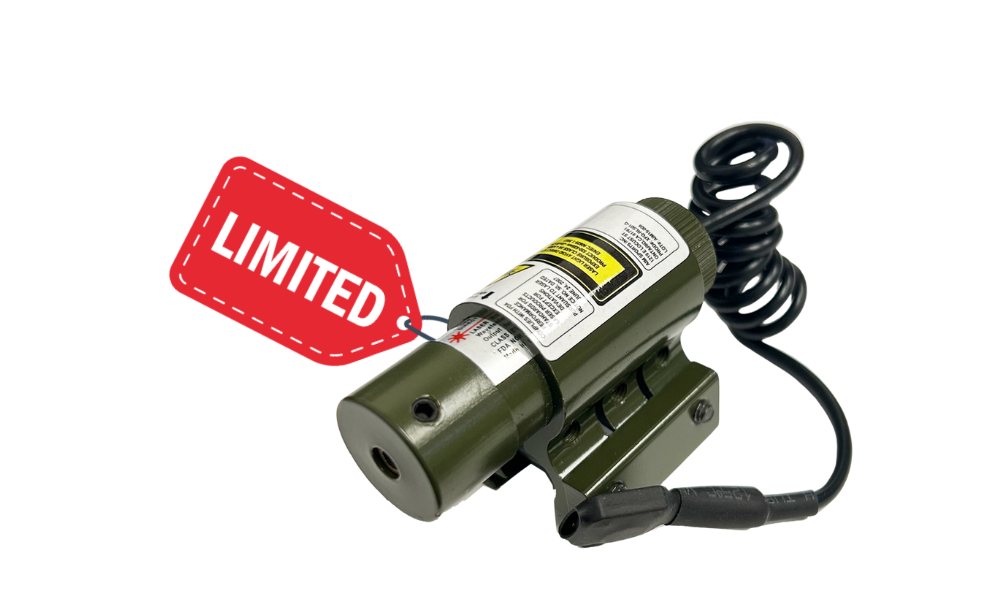May 14th 2025
How to Set Up a Modern Tactical Sling
Maximize Comfort, Control, and Speed in the Field
A tactical sling isn’t just a strap—it’s a crucial part of your firearm setup that directly impacts weapon retention, transition speed, and comfort. Whether you're heading to the range, out in the field, or preparing for a defensive scenario, knowing how to properly set up your modern tactical sling is key.
In this blog, we’ll guide you through:
-
Types of tactical slings
-
Choosing the right attachment points
-
How to adjust your sling for proper fit
-
Pro tips for using slings in dynamic scenarios
1. Choose the Right Sling Type
Modern tactical slings generally fall into three main categories:
Single-Point Sling
-
Attaches to a single point near the rear of the receiver.
-
Ideal for quick shoulder transitions but can swing freely.
-
Best for compact platforms like AR pistols.
Two-Point Sling (Most Popular)
-
Attaches to front and rear of the rifle.
-
Offers the best balance between retention and maneuverability.
-
Great for patrol, range use, and general purpose.
Three-Point Sling
-
Offers added stability but can be bulky and complex.
-
Mostly used in specialized military applications.
2. Select the Right Sling Mounts
Proper sling setup depends heavily on your mounting system:
-
QD (Quick Detach) Mounts – Fast, tool-free attachment.
-
M-LOK & KeyMod Sling Mounts – Lightweight and modular.
-
Traditional Loop or Hook – Durable and simple.
? Pro Tip: If your firearm lacks sling mounting points, consider installing QD sockets or M-LOK sling adapters—available on ShootersGate.com.
3. How to Properly Set Up a Two-Point Sling
Here’s a step-by-step guide using a two-point sling, which offers the most flexibility:
Step 1: Mount the Sling
-
Rear: Attach near the stock or buffer tube.
-
Front: Mount near the handguard, but not too far forward—it affects mobility.
Step 2: Adjust the Length
-
Sling should be tight enough to control the rifle but loose enough for shoulder transitions.
-
A quick-adjust slider is essential for tightening/loosening on the fly.
Step 3: Test Movement
-
Practice going from high ready to low ready, and transitioning shoulders.
-
If it snags or binds, re-check mount positions and strap routing.
? Coming Soon: Watch our video on setting up your sling in under 60 seconds.
4. Pro Setup Tips
-
Keep It Flat: Avoid twists and tangles during installation.
-
Consider Your Gear: Plate carriers and backpacks can affect sling function.
-
Add Comfort: Use padded slings if carrying for long periods.
-
Train With It: Your sling setup is only as good as your ability to use it under pressure.
Final Thoughts
A modern tactical sling can improve your firearm control, retention, and readiness—but only if it’s properly set up. Take the time to find the right sling, attachments, and adjustments for your platform.
Want a sling that matches your gear?
Check out our curated sling collection, available in black, coyote tan, OD green, and more!
Stay sharp. Stay secure. Stay slung.
— The ShootersGate Team

